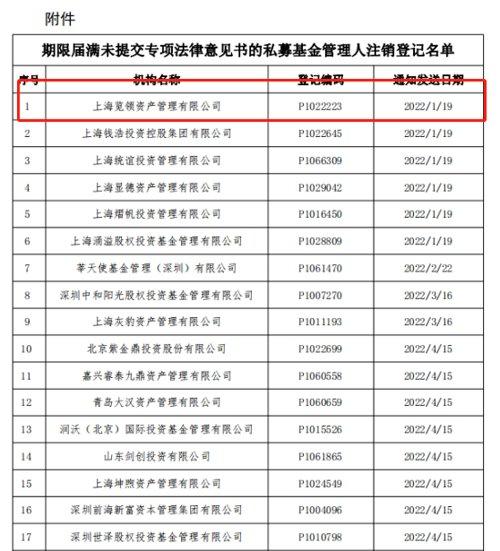摘要:本文分析了私募基金公司在数字化转型中如何采用数据驱动决策。文章探讨了私募基金公司如何利用大数据和先进分析工具,优化投资策略和提高投资回报,同时强调数字化对私募基金行业的影响和重要性。文章还讨论了私募基金公司如何利用数字技术提升运营效率,以及数据驱动决策在私募基金行业未来的趋势和发展前景。
Project Background
In the contemporary financial landscape, private equity fund companies play a pivotal role in capital allocation and risk management. As the industry witnesses a surge in the adoption of digital technologies, the need for data-driven decision-making has become paramount. Against this backdrop, our company has embarked on a journey to integrate data analytics into our core operations, aiming to streamline investment strategies and enhance risk mitigation capabilities.
Importance of Data Integration
Data has become the new currency in the financial industry, and for private equity fund companies, it is more than just a tool. Data integration allows for a comprehensive view of market trends, investor behavior, and portfolio performance. In an increasingly competitive market, having real-time insights into these aspects is critical for making informed decisions that drive value creation and risk mitigation.
Technical Features
1、Advanced Analytics: The integration of advanced analytics tools enables us to process vast amounts of data, identify patterns, and predict future trends. This helps us make proactive investment decisions and stay ahead of the curve.
2、Data-driven Risk Management: By analyzing historical data and market indicators, we can develop risk profiles for our investments and develop strategies to mitigate potential risks.
3、Real-time Data Monitoring: Continuous data monitoring ensures that we have real-time insights into our portfolios, enabling us to make quick and informed decisions during market fluctuations.
4、Automated Decision Support: Advanced algorithms help us automate decision support processes, ensuring faster and more consistent decision-making across the organization.
Data Integration Design
Our data integration strategy is centered on three core components: collection, storage, and analysis. We collect data from multiple sources, including internal systems, external market data providers, and social media platforms. This data is then stored in a centralized repository for easy access and analysis. Using advanced analytics tools and algorithms, we process this data to derive insights that guide our investment decisions.
Implementation Effects
The implementation of our data integration strategy has resulted in several key benefits:
1、Enhanced Decision-making: With real-time insights into market trends and portfolio performance, we have been able to make informed decisions faster.
2、Improved Risk Management: By analyzing historical data and market indicators, we have developed more accurate risk profiles for our investments, leading to better risk mitigation strategies.
3、Increased Operational Efficiency: Automation of decision support processes has resulted in faster and more consistent decision-making across the organization.
4、Better Investor Relations: With better insights into investor behavior, we have been able to develop more targeted investor relations strategies, leading to improved investor satisfaction and retention.
Challenges and Strategies
While the implementation of our data integration strategy has been successful, we have faced several challenges:
1、Data Quality: Ensuring the quality of data collected from multiple sources is crucial. We address this by investing in data cleaning and validation tools to ensure accurate insights.
2、Technical Infrastructure: Upgrading our technical infrastructure to accommodate the growing amount of data has been a challenge. We address this by investing in cloud computing solutions and upgrading our hardware infrastructure.
3、Cultural Change: Embracing data-driven decision-making requires a cultural shift within the organization. We promote data literacy among our team members and encourage them to use data insights in their decision-making process.
Conclusion
In conclusion, the integration of data analytics in private equity fund companies is pivotal in the digital transformation journey. By embracing data-driven decision-making, we have been able to enhance decision quality, improve risk management, increase operational efficiency, and better engage with investors. As we look ahead, we will continue to invest in data analytics tools and technologies to stay ahead in the competitive financial landscape.




 京公网安备11000000000001号
京公网安备11000000000001号 京ICP备11000001号
京ICP备11000001号